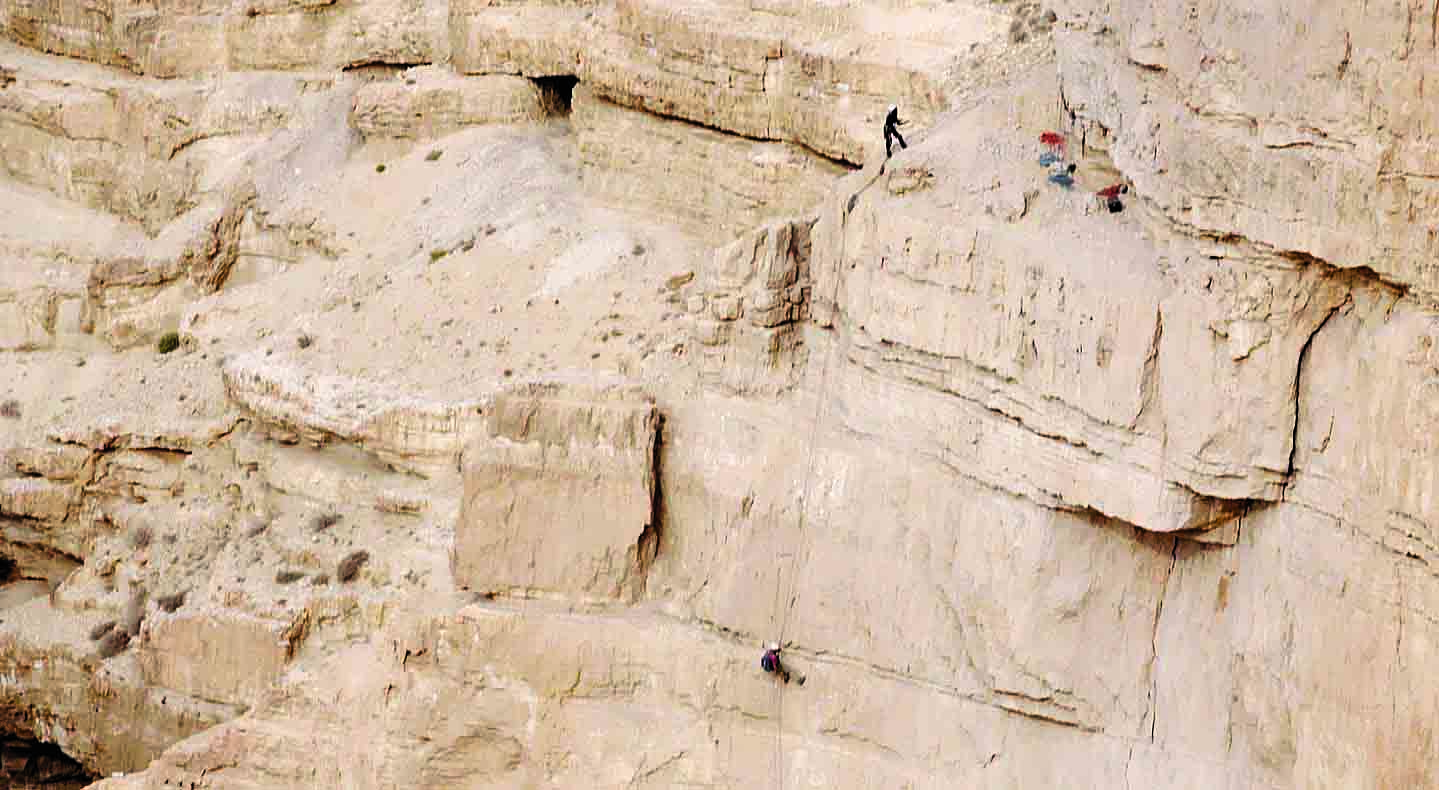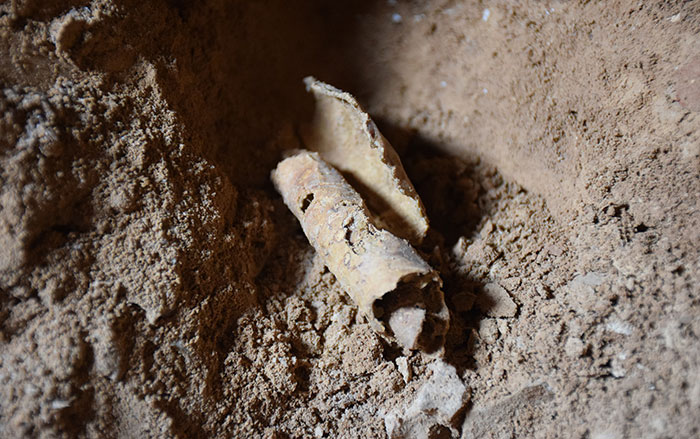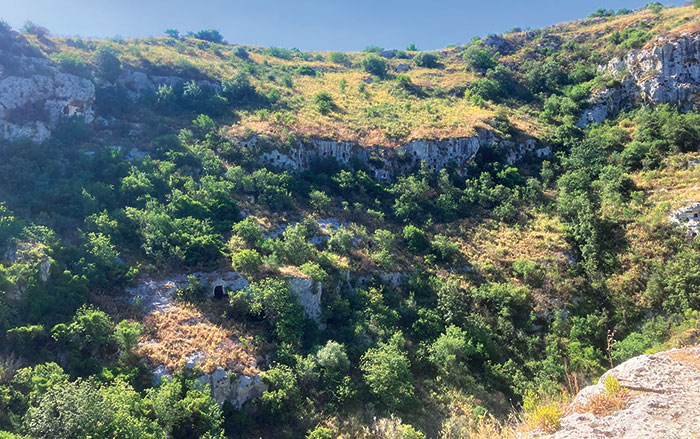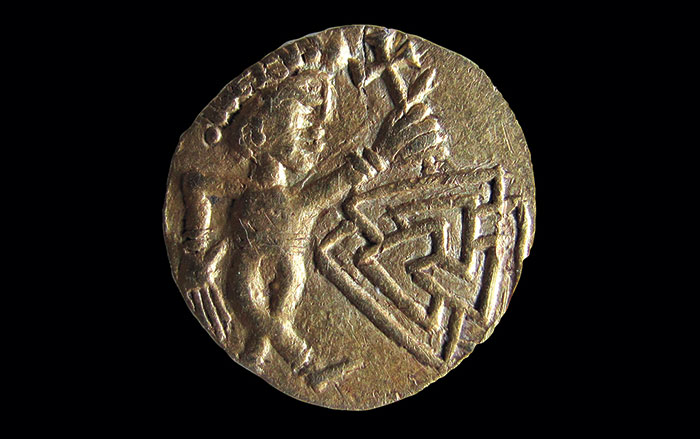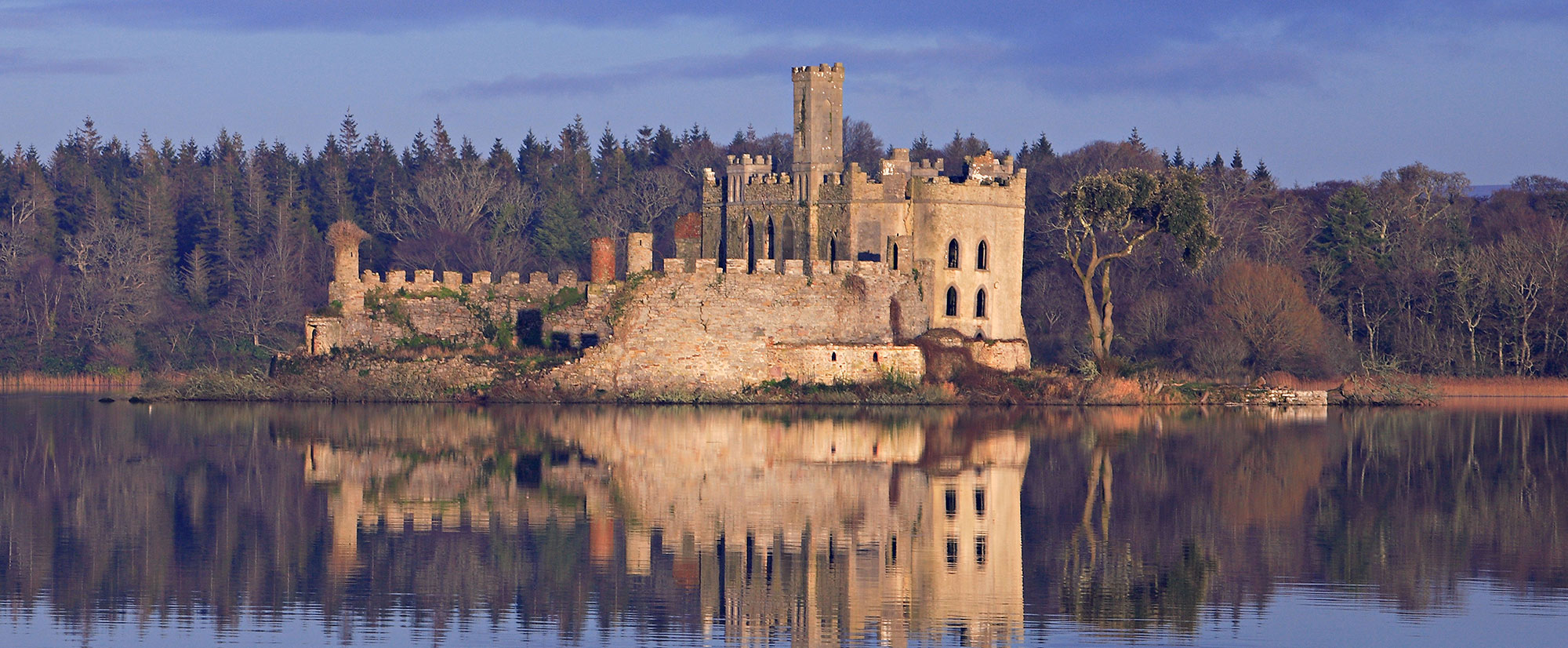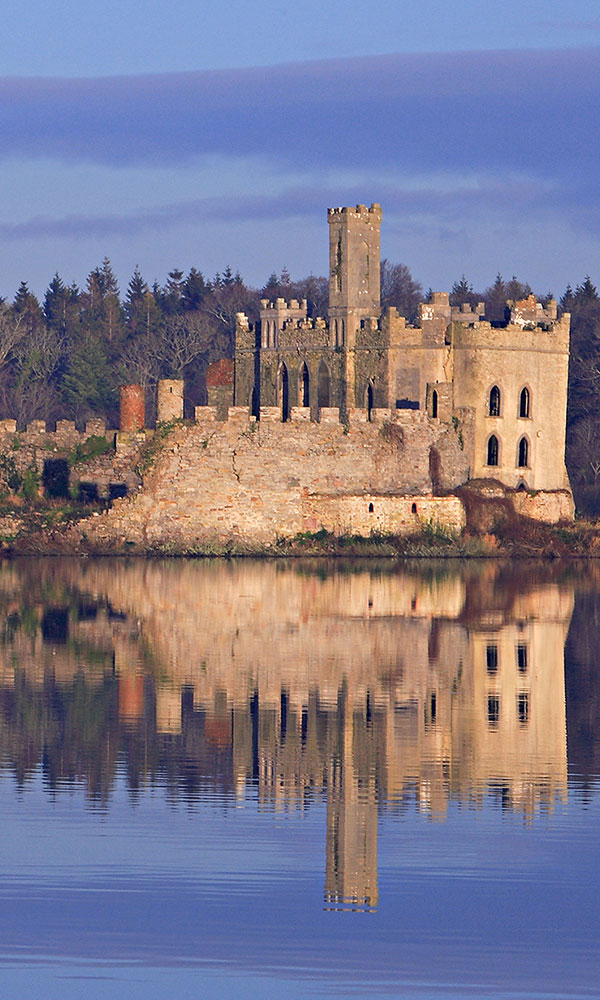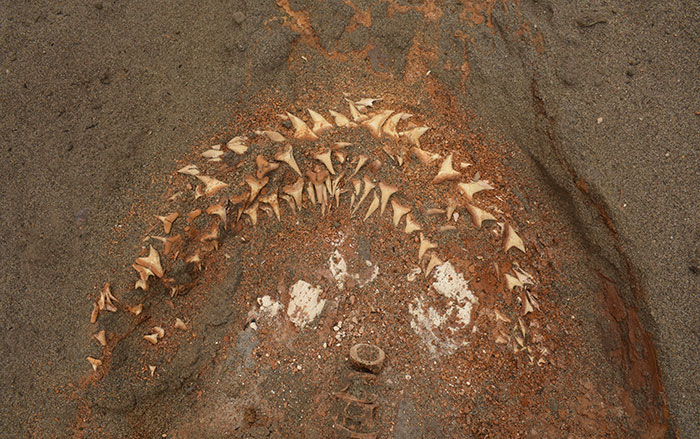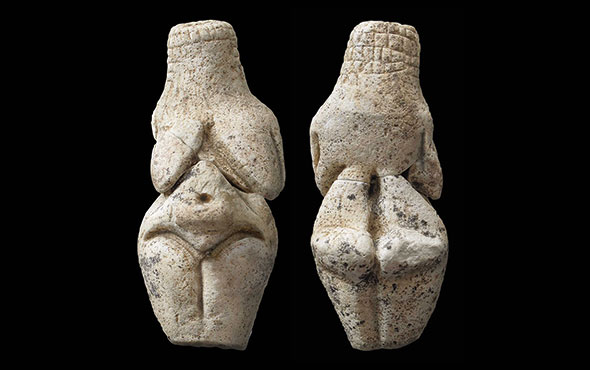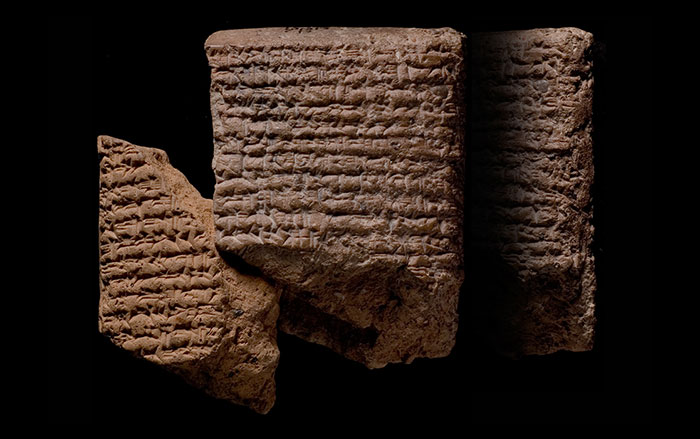
MANCHESTER, ENGLAND—According to a statement released by the University of Manchester, Joan Taylor of King’s College London, Marcello Fidanzio of the Faculty of Theology of Lugano, and Dennis Mizzi of the University of Malta have conducted a new examination of what had been thought to be blank fragments of Dead Sea Scrolls excavated from the Qumran caves. The fragments were given to experts at the University of Leeds in the 1950s for chemical analysis because they were thought to be blank. Taylor was looking at one of the fragments, now housed in the University of Manchester’s John Rylands Library, with a magnifying glass when she thought she saw a faded letter. The researchers photographed both sides of 51 bits of scroll with multispectral imaging, and found that four of them bore readable Hebrew/Aramaic text written in carbon-based ink. Ruled lines and traces of letters were observed on other fragments, the researchers added. The largest fragment of text, made up of 15 or 16 letters arranged in four lines, contains the word “Shabbat,” and may be related to the biblical book of Ezekiel. For more, go to "Scroll Search."


